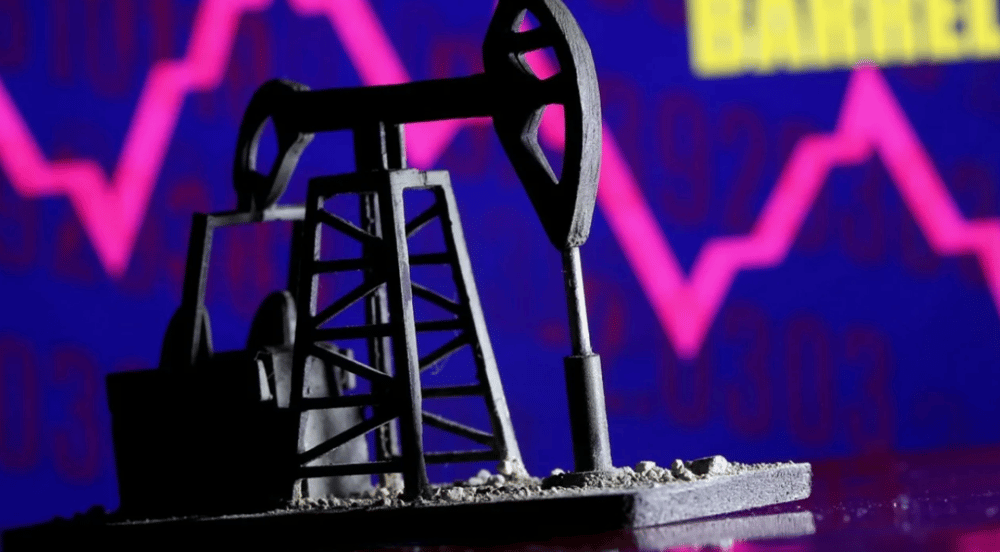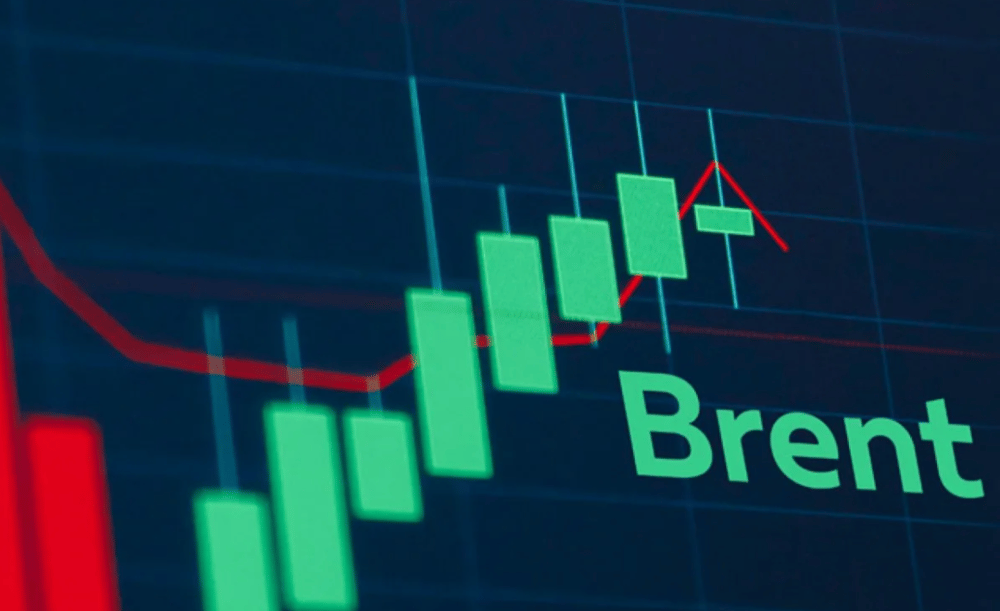Brent and WTI Crude Prices Surge Amid Iran Sanctions Standoff and Canadian Supply Disruptions
Oil prices began Tuesday's Asian trading session with notable gains as geopolitical and environmental factors reignited fears of supply shortages. Brent crude futures climbed by 55 cents, or 0.85%, reaching $65.18 per barrel by 00:00 GMT. U.S. benchmark West Texas Intermediate (WTI) followed suit, increasing by 59 cents, or 0.94%, to $63.11 per barrel. These gains extend the momentum from the previous trading day, where both benchmarks posted a nearly 3% rally.
The current upward pressure on oil is attributed to a combination of factors: Iran is expected to reject a U.S. nuclear proposal that could have led to an easing of international sanctions, while wildfires in Canada are curtailing regional oil output. Meanwhile, OPEC+ has opted for a cautious production hike, maintaining a 411,000 barrel-per-day increase for July—consistent with the production policy adopted over the last two months.
Supply-Side Tensions Underpin Crude Oil’s Price Upswing
Market sentiment has shifted toward tighter supply expectations, with attention focused on developments in Iran and Canada. Tehran’s likely refusal to accept Washington’s terms on a nuclear deal reduces the probability of Iranian oil re-entering global markets in the short term. Iran, which holds the world’s fourth-largest proven oil reserves, remains under U.S.-led sanctions that severely limit its export capacity.
Simultaneously, ongoing wildfires in Canada’s oil-producing regions have disrupted extraction and refining activities. While precise volume losses are yet to be confirmed, analysts anticipate a noticeable reduction in North American supply flows if the fires persist or escalate.
Against this backdrop, the decision by OPEC+—the alliance of the Organization of the Petroleum Exporting Countries and its allies—to stick with a modest production increment has provided an additional catalyst for price resilience. Market participants previously feared a steeper increase in supply, which could have deflated prices amid fragile demand recovery.

Quick Facts
Brent crude rose to $65.18 per barrel (+0.85%)
WTI crude climbed to $63.11 per barrel (+0.94%)
Iran likely to reject U.S. nuclear proposal, maintaining export sanctions
Canadian wildfires are disrupting regional oil output
OPEC+ confirms 411,000 bpd increase for July
Market Sentiment and Industry Commentary Signal Continued Volatility
Investors and analysts are closely monitoring political negotiations and natural disruptions for signals on future pricing trends. The potential prolongation of Iranian sanctions keeps a sizeable volume of oil off the market, which supports bullish sentiment. Additionally, Canadian output instability adds further constraints to North American supply.
Energy traders remain wary of potential volatility, especially given the lack of clarity on when—and if—Iranian barrels could return to the international market. Meanwhile, OPEC+ appears committed to a balanced and disciplined approach, avoiding aggressive supply increases that could undermine price stability.

Key Points
Brent and WTI crude futures extended recent gains in early Tuesday trading.
Iran’s rejection of the nuclear deal diminishes chances of sanctions relief.
Canadian wildfires are limiting upstream oil activity and tightening supply.
OPEC+ maintained a conservative production policy at 411,000 bpd for July.
Market pricing reflects renewed geopolitical and environmental uncertainty.
Supply Risks Dominate as Oil Prices React to Political and Environmental Shocks
Brent and WTI crude oil markets are demonstrating renewed strength, driven by factors that underscore the fragility of global energy supply chains. With Iranian exports still constrained by political deadlock and Canadian production hampered by wildfire-related outages, traders are recalibrating expectations for near-term supply. The OPEC+ decision to maintain production discipline further reinforces an environment where price risks are skewed to the upside. As long as these variables remain unresolved, oil markets are likely to exhibit elevated sensitivity to geopolitical and environmental developments.















Comments
Long-term tech value may increasingly hinge on decisions that anticipate automation’s disruptive potential